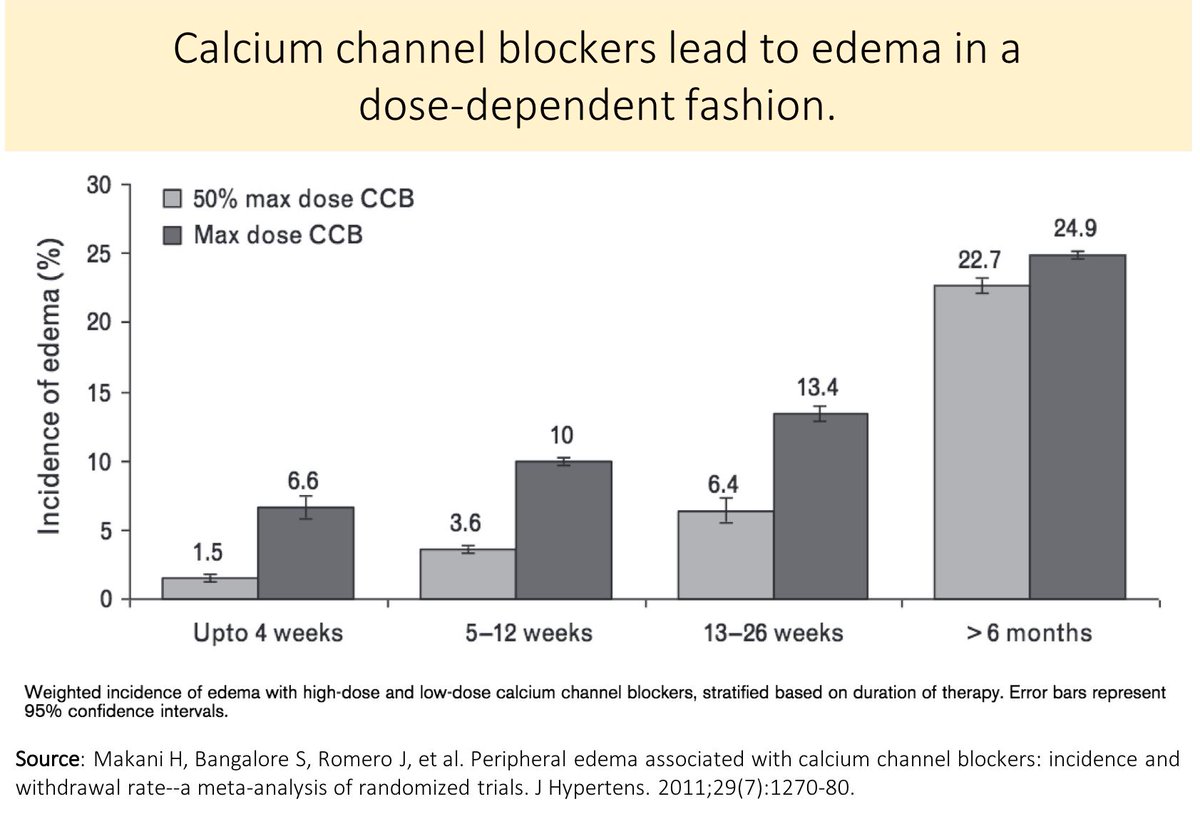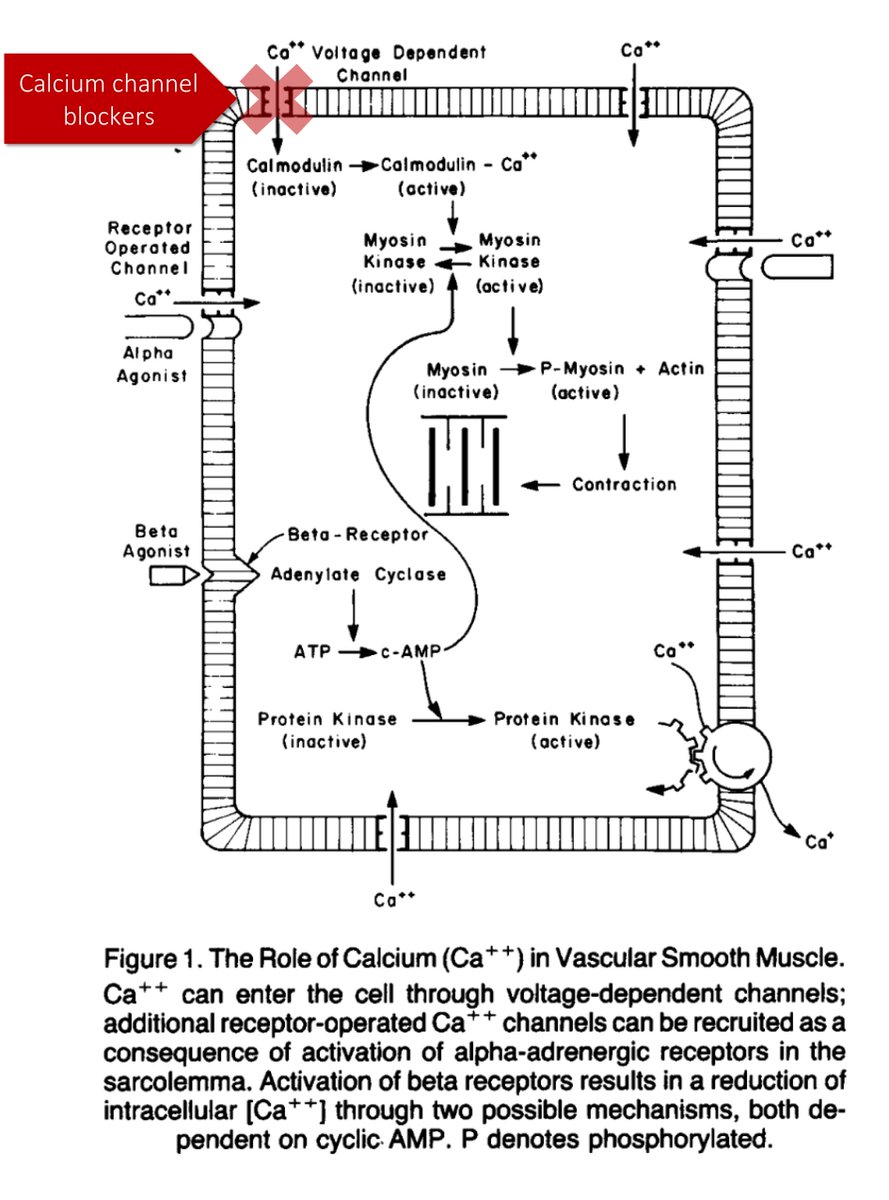Why do patients with hyperbilirubinemia become jaundiced? Patients with hemochromatosis don’t get “scleral bronze”. Why does bilirubin “do" what it does?
The answers will require review of an article written 90 years ago, in German…
First, a question (a favorite for bedside rounds).
At approximately bilirubin level does jaundice become apparent?
Despite the oft-quoted values of 2 or 3 mg/dL, turns out 20-40% “miss” jaundice at this level and many still don't see it at 10-14.9 mg/dL.
onlinelibrary.wiley.com/doi/abs/10.111…
academic.oup.com/milmed/article…


But, as levels approach 2 mg/dl, bilirubin does begin accumulating in tissues. This is likely why some might see it at levels this low.
Question: Where is the first place one will see jaundice?
It’s probably the eye, but the conjunctiva, not sclera. As a 1979 letter to JAMA outlines, the sclera do NOT become icteric. Instead, the overlying conjunctiva become do.
Precision suggests we should use “conjunctival icterus”, not “scleral icterus”.
jamanetwork.com/journals/jama/…

But why the conjunctiva and the skin? What does bilirubin like about these parts of the body…
…ELASTIN!
They all have tons of elastin. And bilirubin binds elastin.
This was noted in 1930 by F. Rosenthal. Google translate helped me "read" a bit of this paper. What I gathered from it was fascinating!
link.springer.com/article/10.100…

Why elastin? There are two version of this question:
Why, from a structural perspective?
Why, from a teleological perspective?
Structurally, elastin is considered an “albuminoid” protein (i.e., albumin-like). Whether there is enough homogeny to explain the binding of bilirubin to both proteins with strong affinity, I do not know.
Any biochemists care to comment?
As to instrumental value, I wonder if the human body uses elastin as a place to “store” excess unconguated bilirubin that would otherwise have toxic effects. I have not been able to find anything supporting this teleological explanation.
To close, let’s recap some key points:
a. It’s conjunctival (not scleral) icterus
b. Only about 60-80% of providers “see” jaundice at a bilirubin of 3.0 mg/dL
c. Bilirubin binds elastin!
d. I’m not 100% sure why. Somebody out there may provide an answer...









